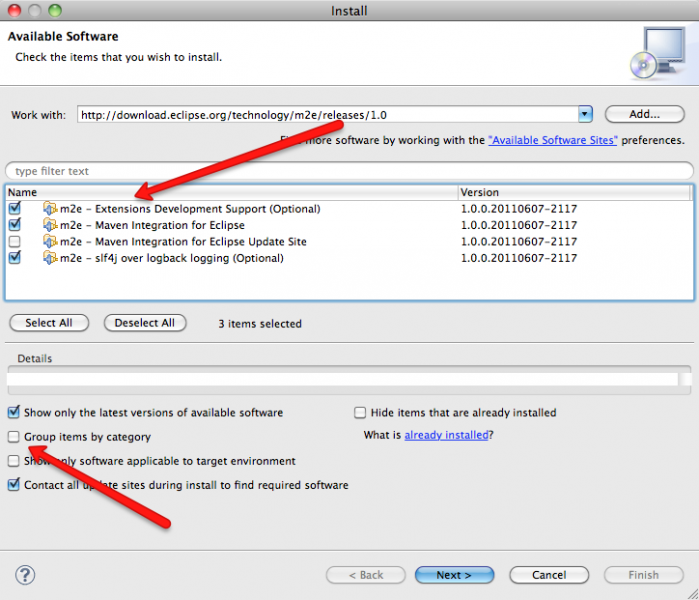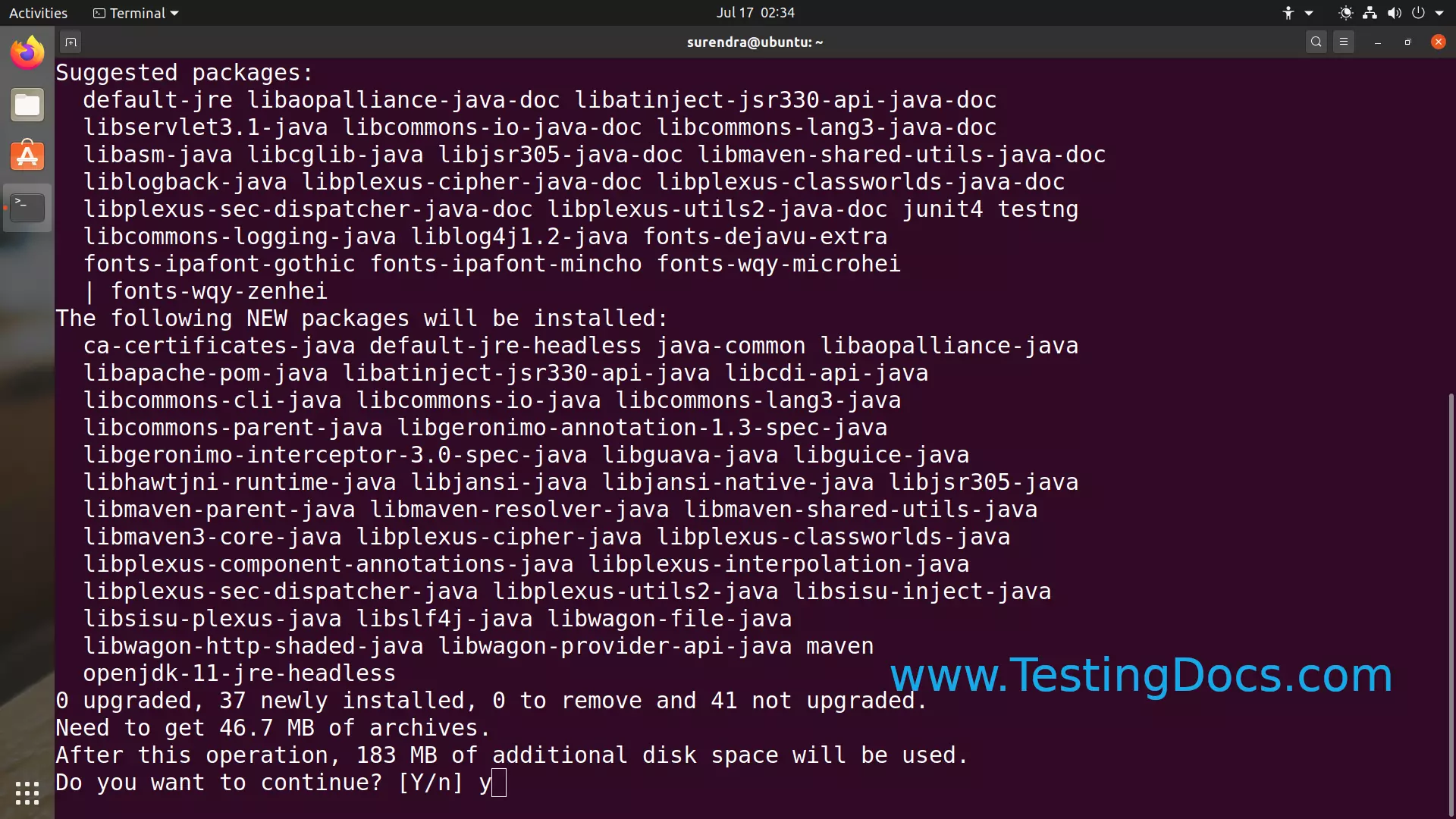

I explain their meaning in a post dedicated to JUnit's architecture - for now this only means that there will be no conflicts when different JUnit versions are used in the same project. class-path target/test-classes:target/classesĪs you might have noticed, JUnit 5 occupies new namespaces: org. Java -jar junit-platform-console-standalone
MAVEN PLUGIN FOR ECLIPSE NEON CODE
from production code or on test libraries) you can then use it as follows:
MAVEN PLUGIN FOR ECLIPSE NEON DOWNLOAD
The best way to use it is to download the standalone JAR, which comes with all the required dependencies. In case all of this is too fancy for you, try the console launcher, which lets you run the tests directly from the command line. IDEs won't run individual test methods.īut if the other approaches do not work for you, this can be an acceptable and tool independent solution. class ) and hence the new JUnit 5 tests.ĭue to the detour through JUnit 4, some features may not be supported, e.g. If you prefer, you can use the same runner directly on the JUnit 5 test classes in that case they have to be public.Įven if slightly outdated, your favorite IDE and build tool will happily run the classes annotated with ( JUnitPlatform. The interprets packages as a hierarchy so it runs all tests in all packages prefixed with org.

It has to adhere to the common naming convention and must be public. Note that the class has to be a regular JUnit 4 test class, i.e. Also on IDE start it will not compile.Import org. ( Alt+ F5), but not after Project -> Build (or with default Build Automatically). One need to download os-maven-plugin-x.x.x.Final.jar (the version as in your pomx.ml) and put it into the /plugins directory.Īfter that Eclipse will generate source on project clean, including after Maven -update project. Thanks to sergei-ivanov answer in, that gave link : (If some explanation is needed I'll be happy to provide it though.) I don't think it requires any special explanation, my solution is to simply use a different plugin than the one you are using.

I was able to do this in the latest Eclipse Neon (it will probably work in later ones too, but I don't know for certain).īelow is the POM I am using. → select your project → Select build option (only shows if you have "Build Automatically" from the Project menu is unchecked). proto classes without using mvn clean compile from the command line you can clean the Eclipse project.

java files, you need to manually run Maven or trigger the project to be built in Eclipse (instructions below), but fortunately the target/generated-sources file is not vanishing or emptying or anything strange like what you describe. proto file are not "automatically" propagated to the generated. I am not using any m2e connectors for this plugin ( Edit: protoc-jar-maven-plugin's m2e connector is bundled with it so no extra installation is needed, which is why it seemed like I wasn't using one, but technically I was, but this doesn't really matter). I believe they are the same since under the hood they all seem to be using the tools from Google. Instead of using :protobuf-maven-plugin my team has used 72:protoc-jar-maven-plugin to generate the message classes.


 0 kommentar(er)
0 kommentar(er)
